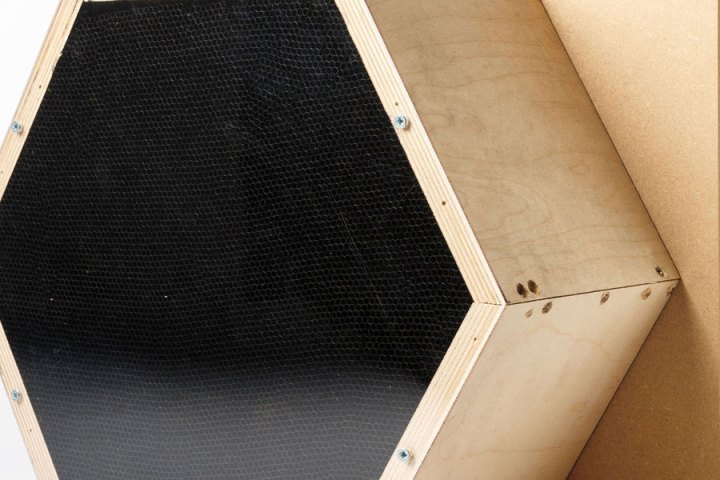
Farrell and Haynes took inspiration from pinhole cameras, but whereas a pinhole creates an entire image from a single point, the Straw Camera “produces a multipoint perspective from an array,” Haynes writes. “The light viewed/collected by each individual tube is recorded onto the photo -ensitive material placed at the opposite end. By going straight on to paper, it is a direct analog process.”
As Haynes explains, the camera has a “raw” f-stop, derived from the length and diameter measurements of each straw. This results in an aperture of roughly f/127. “There isn’t depth of field,” Haynes writes, “the clarity of image produced by the straws recedes into the picture plane.” Each straw also has its own hue and density, with each contributing to the overall look of the final image.
Haynes said they first tried the camera out on still-life subjects, eventually moving into portraiture once they built up their confidence in using the camera. Portrait subjects would have to hold their pose in the dark while Haynes and Farrell set up the camera, then triggered a flash to make the exposure. The resulting portraits appear to have a similar resolution to early television images, and present a stark contrast to the hyperrealistic images we are accustomed to today.
Haynes and Farrell have put together a book, Straw Camera Photographs, to showcase what the camera is capable of. You can see many example photos on their website.



